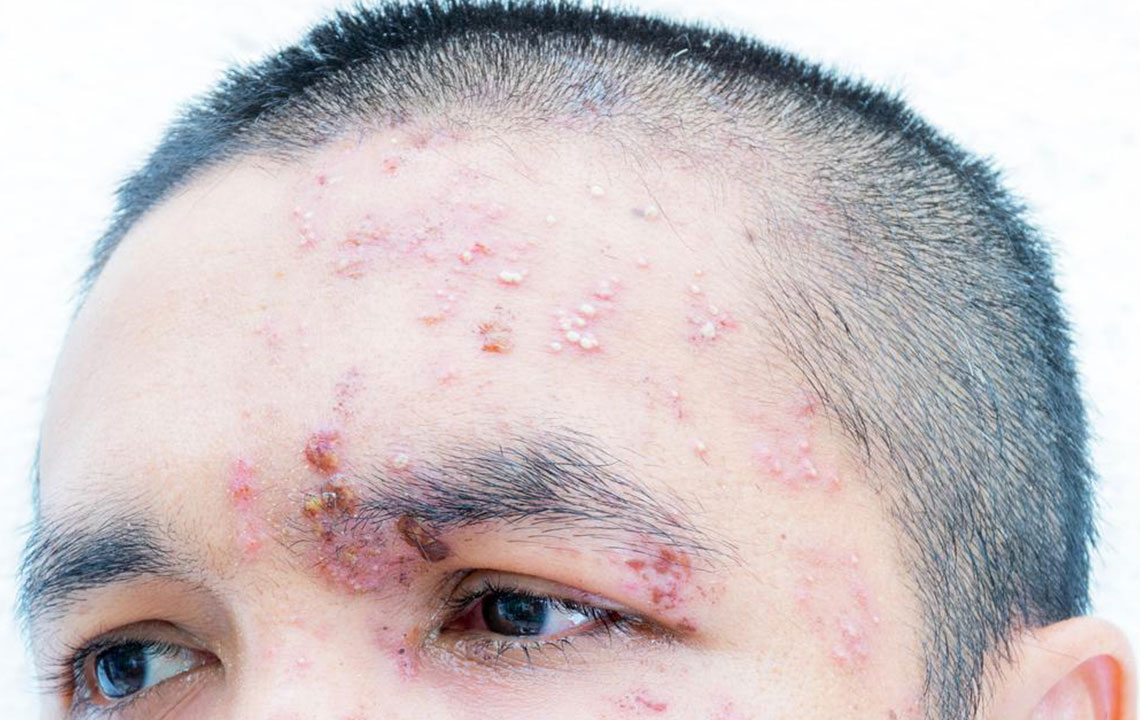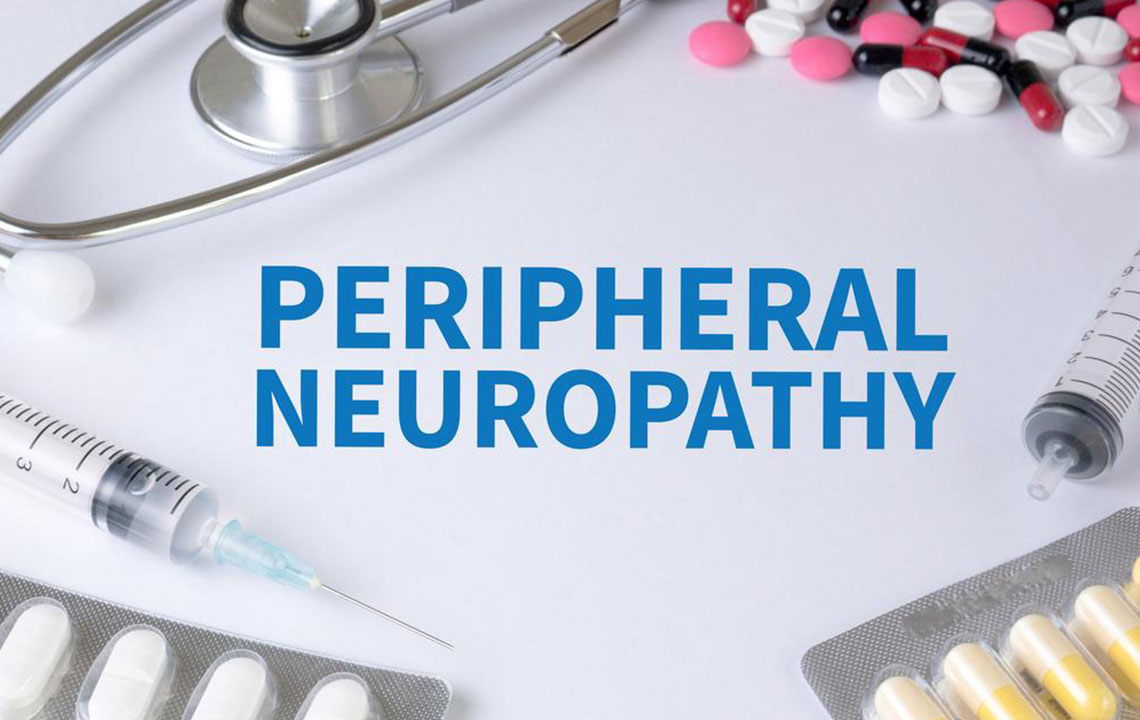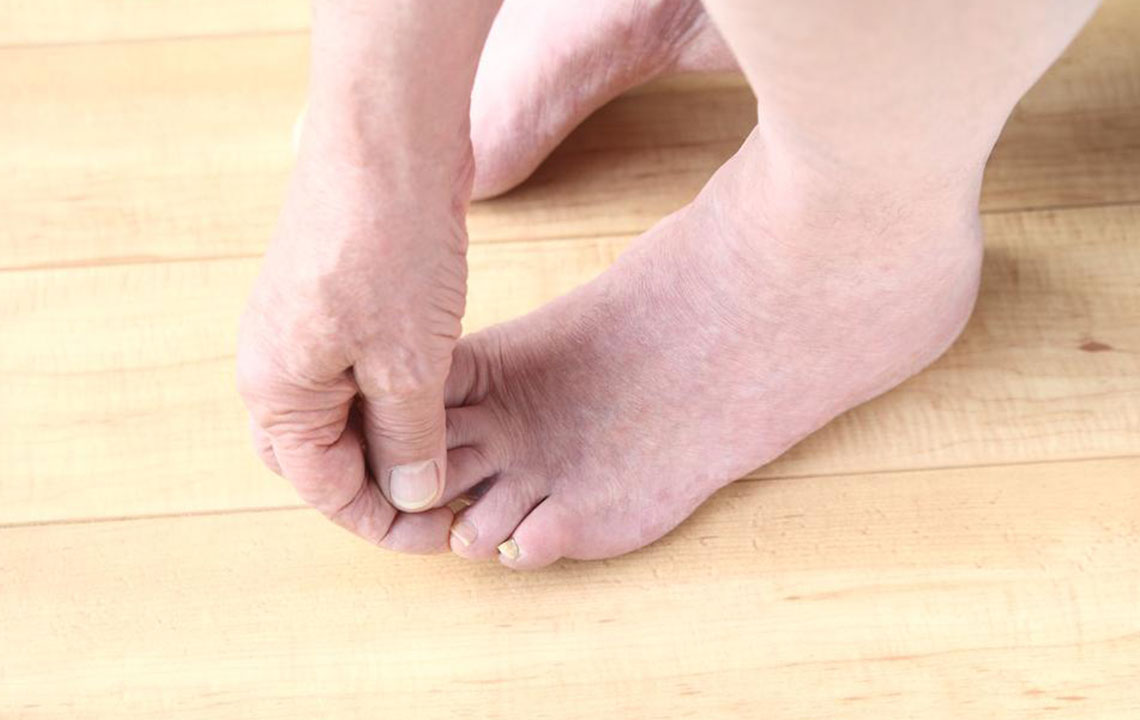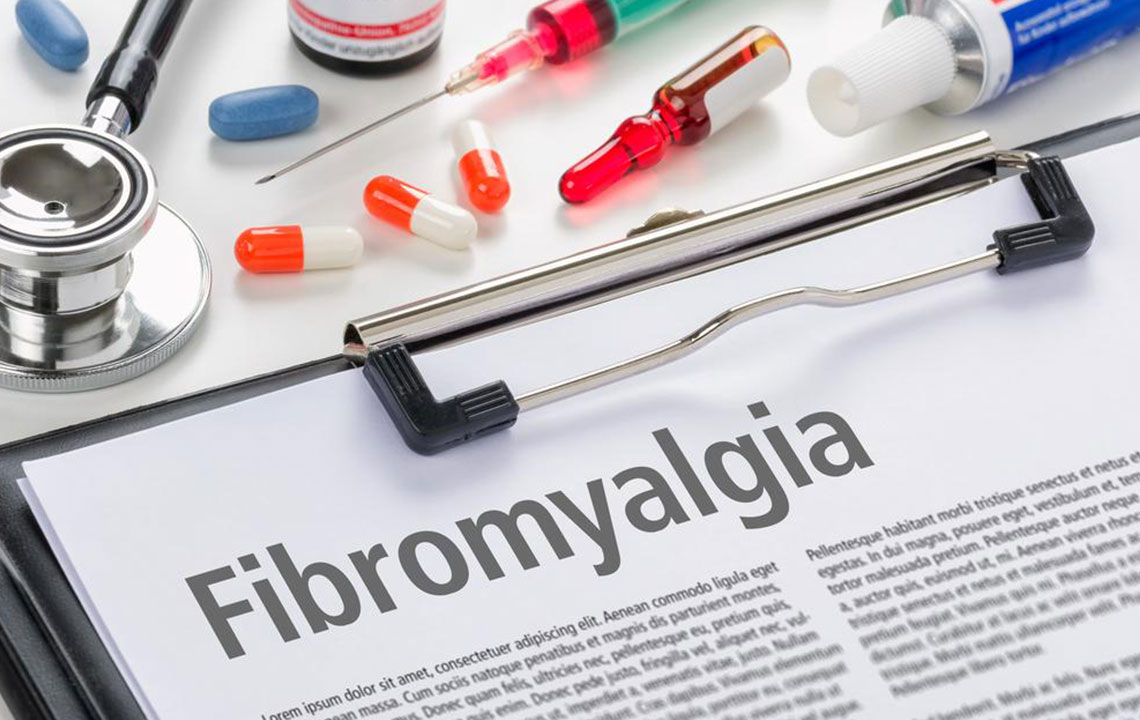Comprehensive Guide to Post-Shingles Nerve Pain: Causes, Prevention, and Treatment Strategies
This comprehensive guide explores the causes, risk factors, and effective prevention and treatment options for post-shingles nerve pain, or PHN. It emphasizes the importance of early intervention, vaccination, and holistic management strategies to reduce the severity and duration of chronic nerve discomfort after shingles. Suitable for individuals at risk, healthcare providers, and caregivers, this article highlights how timely action and proper care can significantly improve recovery outcomes and quality of life.

Comprehensive Insights into Post-Shingles Nerve Pain: Causes, Prevention, and Effective Treatments
Shingles, a viral illness caused by the reactivation of the varicella-zoster virus, affects millions of individuals across the globe each year. This condition not only presents a distinctive rash but also often leads to a form of nerve pain known as postherpetic neuralgia (PHN), which can persist long after the skin symptoms have resolved. PHN is particularly concerning because it can last for weeks, months, or even years, significantly impacting an individual's quality of life. Understanding the root causes, risk factors, preventive measures, and treatment avenues is essential for managing post-shingles nerve pain effectively.
Shingles is caused by the reactivation of the varicella-zoster virus, the same pathogen responsible for chickenpox. After initial infection, the virus becomes dormant within nerve cells and can reactivate years later when the immune system weakens. This reactivation manifests as a painful, blistering rash typically forming a band or strip across one side of the body or face. Alongside the rash, individuals might experience symptoms such as headache, fever, fatigue, and heightened sensitivity to light or touch. The initial phase often begins with tingling, numbness, or itching in the affected area, which can precede the appearance of the rash. If this nerve inflammation and damage persist beyond the skin healing process, it may lead to postherpetic neuralgia, a chronic nerve pain condition.
The risk factors for developing post-shingles nerve pain are varied but predominantly include age, severity of the initial rash, and the intensity of the pain experienced during the shingles episode. Elderly individuals, especially those over 60, are significantly more susceptible to PHN. That’s owing to the natural decline in immune function that accompanies aging, which makes it harder for the body to suppress or control viral reactivation. Besides age, other factors such as the severity of the shingles rash, the extent of nerve involvement, and intense initial pain are associated with higher risks of PHN. Pre-rash symptoms like numbness, tingling, or itching may also signal a higher propensity for nerve damage. Psychological health plays a critical role too; stress, depression, and social isolation have been linked to increased vulnerability to persistent nerve pain. Social support and mental well-being are thus vital components in preventing or mitigating PHN.
Preventive strategies are crucial in reducing the incidence and severity of post-shingles nerve complications. Vaccination remains one of the most effective measures; the shingles vaccine has proven to significantly lower the risk of developing shingles and postherpetic neuralgia in high-risk populations. Additionally, early treatment initiation with antiviral medications such as acyclovir, valacyclovir, or famciclovir within the first 72 hours of rash appearance can limit nerve damage and decrease the likelihood of PHN. For those at higher risk, preventive medications like certain pain relievers or nerve blocks might be recommended to lessen the severity or duration of nerve pain.
Timely medical intervention is paramount. If you notice shingles symptoms such as a rash, tingling, or heightened sensitivity, consulting a healthcare provider immediately can make a significant difference. Prompt treatment with antiviral drugs not only expedites rash healing but also reduces nerve inflammation, which is vital in preventing chronic nerve pain. For many, medications such as anticonvulsants, antidepressants, or topical agents can effectively manage nerve pain. Moreover, non-pharmacologic approaches including physical therapy, acupuncture, and nerve stimulation techniques can provide additional relief. It’s also beneficial to manage stress and mental health since these factors influence nerve healing and pain perception.
Taking proactive steps at the first sign of shingles can prevent long-term complications. Whether through vaccination, early antiviral therapy, or comprehensive pain management strategies, individuals can significantly improve their prognosis. Remember, the key to reducing the risk and severity of post-shingles nerve pain lies in early detection and proactive treatment. Pay attention to any initial symptoms of shingles and seek medical advice promptly. Effective management can lead to better outcomes, less discomfort, and an improved quality of life following shingles episodes.





